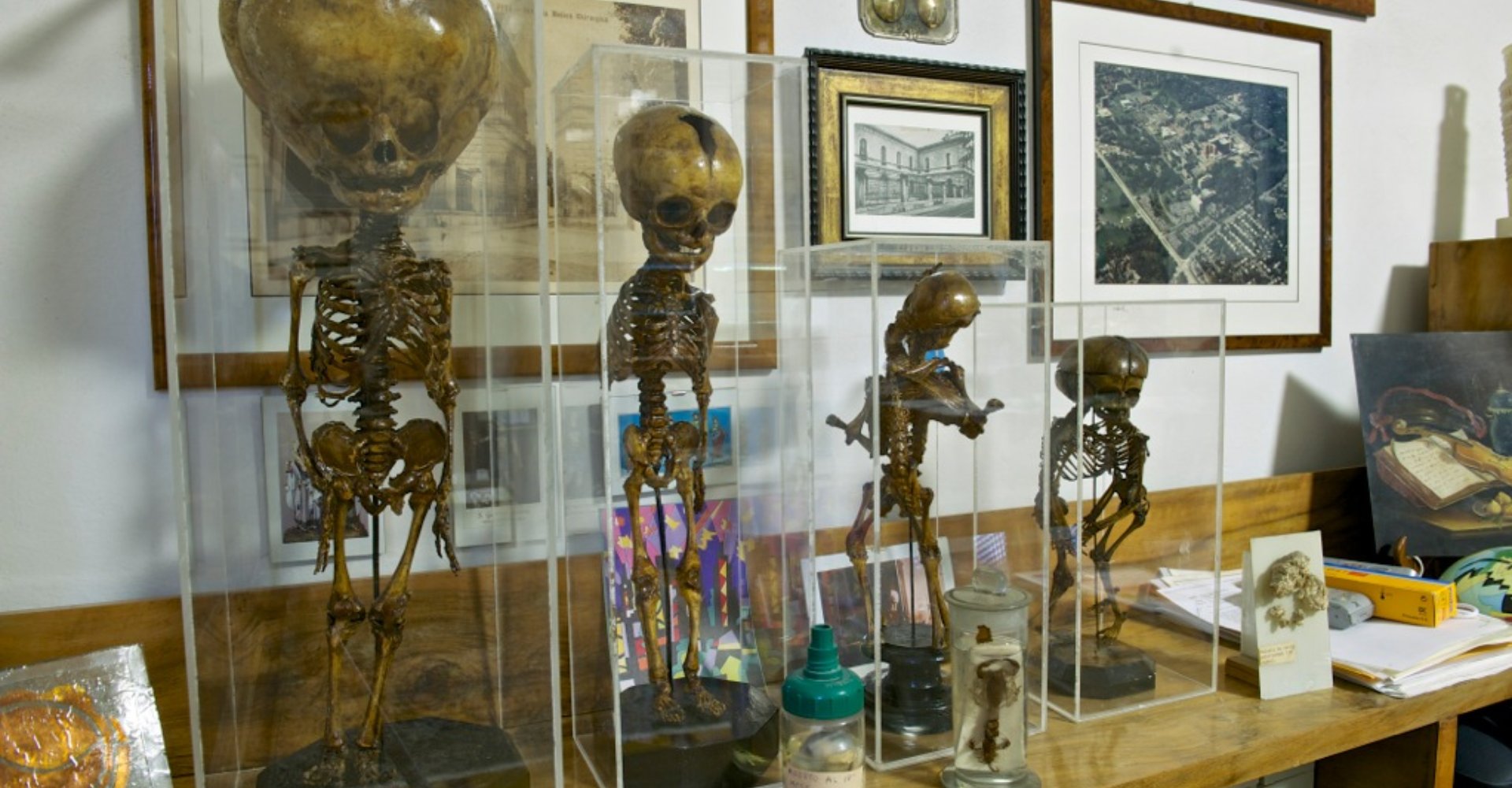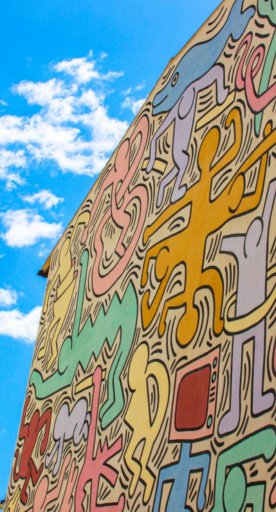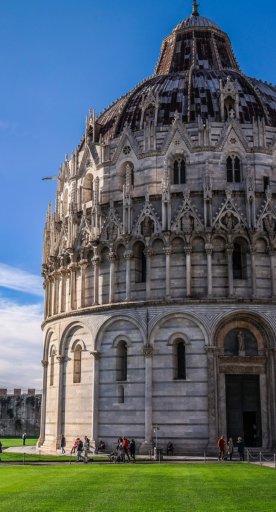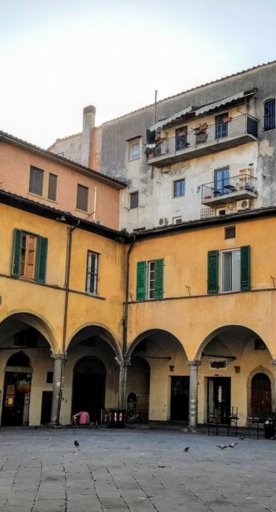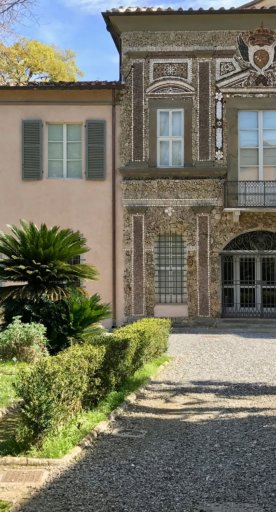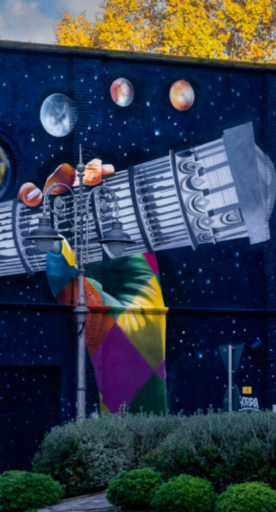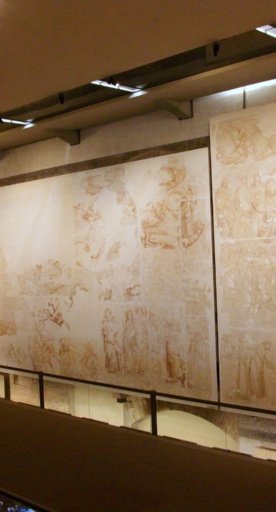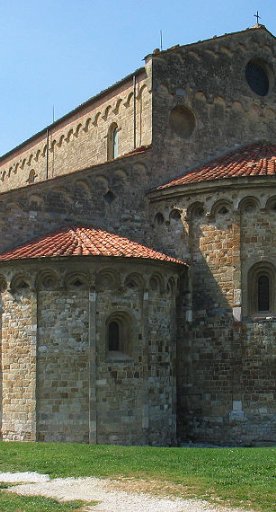Museum of Pathological Anatomy in Pisa
Documenting the history of pathologies through skeletons and mummies
The Musuem of Pathological Anatomy in Pisa, founded in the 19th century, conserves numerous anatomical pieces that are particularly important for the fields of pathology and scientific and historical education. One part of the collection dates to the era of the Grand Duchy, while two other collections, one related to paleopathology and another to forensic medicine, were later added to the museum.
Amongst the 19th-century collections, the pieces related to congenital disorders include about 25 deformed newborns, examples of cardio-vascular, kidney, brain and gastroenteric diseases. There are many interesting objects related to the territory, ranging from autopsic lungs afflicted with silicosis and other respiratory illnesses. Alongside these, there is also a collection of 50 bladder stones of all shapes and sizes.
The newer collections include the paleopathologic objects, with pieces ranging from the Etruscan era to the Middle Ages, as well as the significant inclusion of a pre-Columbian mummy. In the forensic medicine collection, visitors can find numerous autopsy repors and more than 3,000 colour slides arranged according to injury, type of pathology and medical case. The museum ends with an assortment of parasitic worms and venomous spiders.
